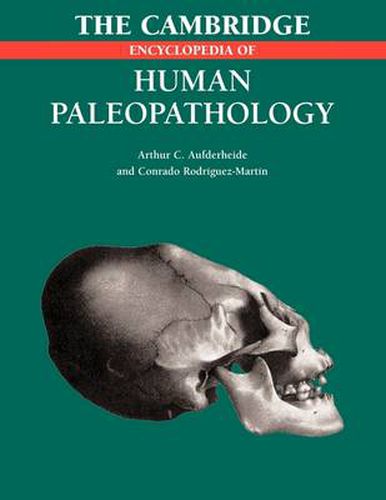Readings Newsletter
Become a Readings Member to make your shopping experience even easier.
Sign in or sign up for free!
You’re not far away from qualifying for FREE standard shipping within Australia
You’ve qualified for FREE standard shipping within Australia
The cart is loading…






This book was first published in 1998. The Cambridge Encyclopedia of Human Paleopathology is a major reference work for all those interested in identification of disease in human remains. Many diseases leave characteristic lesions and deformities on human bones, teeth and soft tissues that can be identified many years after death. This comprehensive volume includes most conditions producing effects recognizable with the unaided eye. Detailed lesion descriptions and over 300 photographs facilitate disease recognition and each condition is placed in context with discussion of its history, antiquity, etiology, epidemiology, geography, and natural history. Diseases affecting the soft tissues are also included as these are commonly present in mummified remains. This book will be an indispensable resource for paleopathologists, anthropologists, physicians, archaeologists, demographers, and medical historians alike.
$9.00 standard shipping within Australia
FREE standard shipping within Australia for orders over $100.00
Express & International shipping calculated at checkout
This book was first published in 1998. The Cambridge Encyclopedia of Human Paleopathology is a major reference work for all those interested in identification of disease in human remains. Many diseases leave characteristic lesions and deformities on human bones, teeth and soft tissues that can be identified many years after death. This comprehensive volume includes most conditions producing effects recognizable with the unaided eye. Detailed lesion descriptions and over 300 photographs facilitate disease recognition and each condition is placed in context with discussion of its history, antiquity, etiology, epidemiology, geography, and natural history. Diseases affecting the soft tissues are also included as these are commonly present in mummified remains. This book will be an indispensable resource for paleopathologists, anthropologists, physicians, archaeologists, demographers, and medical historians alike.